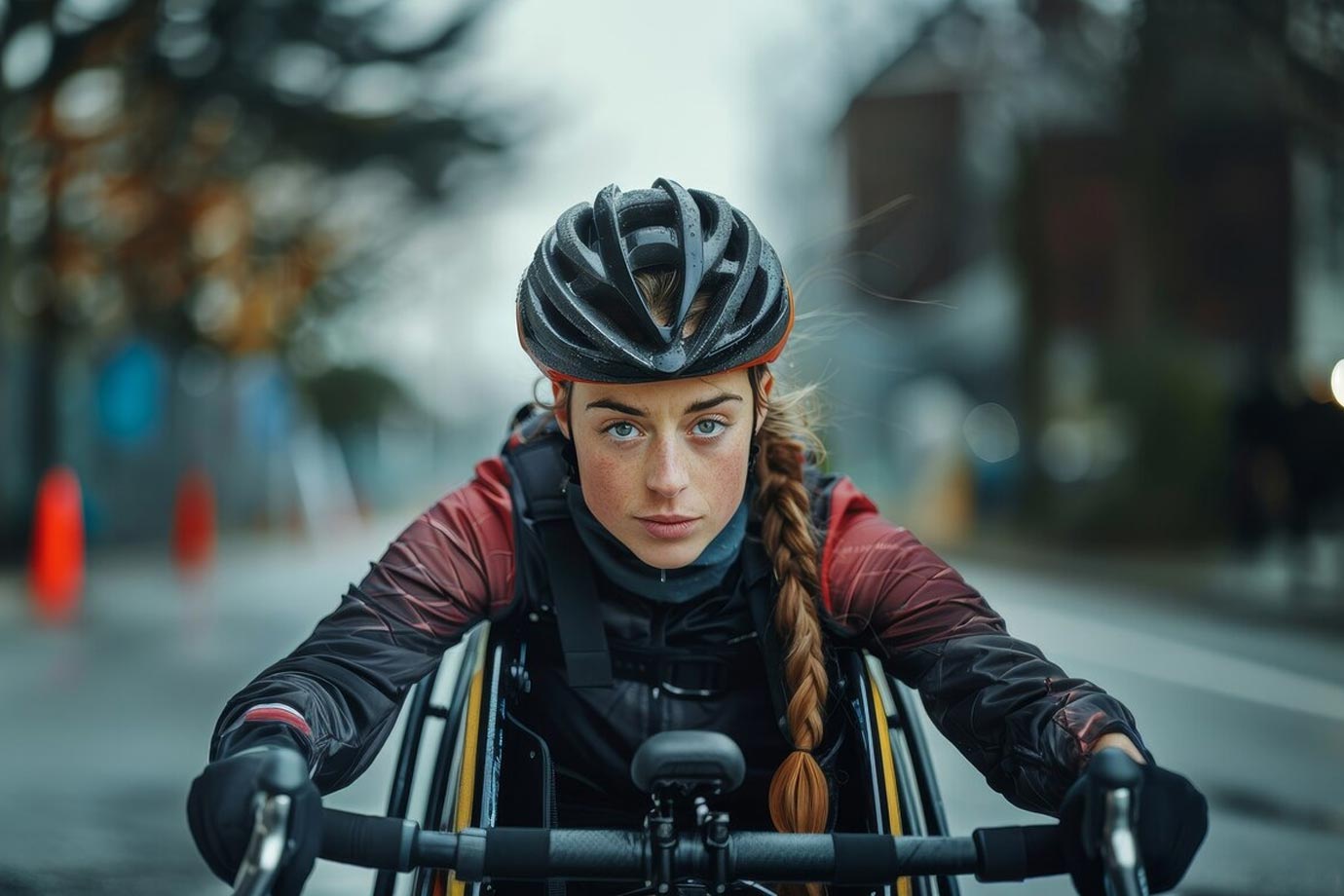Turning without properly checking for cyclists is one of the most dangerous mistakes a driver can make. Cyclists are often in a vehicle’s blind spot, and a sudden turn can result in a serious collision. This type of accident frequently leads to severe injuries for cyclists, who have little protection against the impact of a motor vehicle. As cycling becomes an increasingly popular mode of transportation in urban areas, the need for drivers to be vigilant about the presence of cyclists has never been more critical.
The consequences can be devastating when drivers fail to look for cyclists before turning. The aftermath of such accidents often involves complex legal issues, where the services of a bike accident law firm become essential in ensuring that injured cyclists receive the justice and compensation they deserve.
Understanding the Common Causes of Turn-Related Bicycle Accidents
Turn-related bicycle accidents occur when drivers make turns—either left or right—without properly checking for cyclists who may be traveling alongside or approaching the intersection. These accidents are particularly common at intersections, where cyclists are often overlooked by drivers focused on navigating traffic. The combination of a driver’s blind spot and the quick movements of cyclists can lead to tragic outcomes.
In many cases, drivers may be unaware of the cyclist’s presence, especially in busy urban areas with multiple lanes of traffic. This lack of awareness is compounded by the fact that bicycles are smaller and less visible compared to other vehicles, making them harder to detect, particularly in the periphery of a driver’s vision.
The Impact of Blind Spots on Cyclist Safety
Blind spots are a significant factor in turn-related bicycle accidents. Every vehicle has blind spots, areas where the driver’s view is obstructed, and where cyclists can easily be hidden from sight. When a driver initiates a turn without adequately checking these blind spots, the risk of colliding with a cyclist increases dramatically.
This issue is particularly acute with larger vehicles, such as trucks and SUVs, which have more extensive blind spots. Cyclists caught in these blind spots are often at the mercy of the driver’s attentiveness. Educating drivers about the importance of thoroughly checking blind spots before turning is crucial for reducing the incidence of these dangerous accidents.
Common Injuries Sustained in Turn-Related Bicycle Accidents
Turn-related bicycle accidents often result in severe and life-threatening injuries for cyclists. Below are some of the most common injuries sustained in these types of accidents:
- Fractures: Cyclists frequently suffer fractures, particularly to the lower extremities, as they are often struck from the side or knocked down by turning vehicles.
- Head Injuries: Head injuries are prevalent, especially when cyclists are thrown from their bikes or hit the pavement with significant force.
The Legal Responsibilities of Drivers When Turning
Drivers have a legal responsibility to ensure that their turns can be made safely, without endangering other road users, including cyclists. This means using turn signals, checking mirrors, and physically turning to check blind spots before making a turn. Failure to do so can result in liability for any accidents that occur as a result.
In the event of an accident, the driver’s failure to properly check for cyclists can be used as evidence of negligence. Legal professionals can help injured cyclists gather the necessary evidence to prove that the driver was at fault, which is crucial for securing compensation for the damages suffered.
Defensive Riding Strategies for Cyclists
While drivers bear significant responsibility for preventing turn-related accidents, cyclists can also take steps to protect themselves. Defensive riding involves being aware of a driver’s potential blind spots and avoiding riding in those areas whenever possible. Cyclists should also make themselves as visible as possible by using lights and reflective gear, especially when riding at night or in low-visibility conditions.
Additionally, cyclists should anticipate the actions of drivers, especially at intersections, and be prepared to take evasive action if necessary. By staying alert and riding defensively, cyclists can reduce the risk of being involved in a turn-related accident.
The Role of Public Awareness Campaigns in Reducing Accidents
Public awareness campaigns play a crucial role in educating both drivers and cyclists about the dangers of turn-related accidents. These campaigns can highlight the importance of checking blind spots, using turn signals, and being aware of cyclists on the road. Through education and outreach, these efforts can foster safer driving habits and greater respect for cyclists.
Such campaigns can also emphasize the importance of infrastructure improvements, such as dedicated bike lanes and better intersection design, which can help reduce the risk of accidents. By increasing public awareness, communities can work together to create safer roads for everyone.
Infrastructure Improvements to Enhance Cyclist Safety
Improving road infrastructure is a key element in preventing turn-related bicycle accidents. Dedicated bike lanes that are clearly marked and separated from vehicle traffic can significantly reduce the risk of collisions. In addition, better intersection design, such as protected bike lanes that continue through intersections, can help ensure that cyclists remain visible to turning drivers.
Traffic signals that include specific signals for cyclists can also reduce the likelihood of accidents by clearly indicating when it is safe for cyclists to proceed. These infrastructure improvements are essential for creating safer environments for cyclists, particularly in urban areas where traffic is dense and the risk of accidents is higher.
The Importance of Legal Support After a Bicycle Accident
In the aftermath of a turn-related bicycle accident, securing legal support is crucial. Navigating the legal complexities of accident claims requires expertise, particularly when it comes to proving fault and securing fair compensation. Legal professionals can assist injured cyclists in gathering evidence, negotiating with insurance companies, and representing their interests in court if necessary.
The physical, emotional, and financial impact of a bicycle accident can be overwhelming, and legal support can provide the necessary resources to help injured cyclists recover and move forward. Ensuring that justice is served and that cyclists receive the compensation they deserve is a vital step in the recovery process.
Stay in touch to get more news & updates on Discovertribune!




